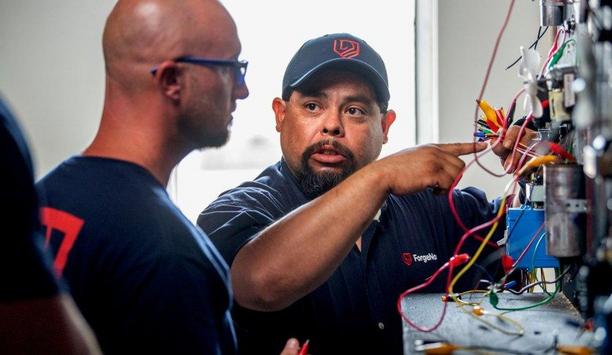As our transition to greener energy grows, so does the demand for copper, the highly conductive material at the heart of electrical applications. Copper is spooled up inside electric engines, concealed inside the walls of buildings, and stretched along city streets to transmit power from one point to another.
Copper substitutes
As demand for electric devices grows, copper supplies are strained, and prices increase. A substitute for copper with similar conductive properties would be especially useful in our environmentally enlightened future. Other metals, including aluminum, are used to conduct electricity in some applications, but aluminum is only 60% as conductive as copper.
Scientists have undertaken the task of increasing the conductivity of aluminum to make it viable as a substitute for copper. It would be a game-changer if they are successful, given that aluminum is 1,000 times more abundant than copper on the earth’s surface. Aluminum is also lighter, cheaper, and easier to mine.
Developing ultra-conductive aluminum
By altering the structure of the metal and introducing the right additives, conductivity properties can be improved
At the Pacific Northwest National Laboratory (PNNL), scientists work to address the pressing challenges we face in the future through chemistry. One of those challenges is to develop an ultra-conductive aluminum alternative to copper.
PNNL researchers evaluated the effects of temperature and structural defects on aluminum conductivity, seeking a “recipe” to increase its conductivity. By altering the structure of the metal and introducing the right additives, conductivity properties can be improved.
molecular simulation
Using molecular simulation, the researchers replicated what would happen to aluminum’s conductivity if individual atoms were removed or rearranged. Even small changes can boost conductivity. The computer models proved themselves well-suited to simulate real-world conditions. Having settled on a recipe to boost the conductivity of aluminum, researchers will now test the theory in the laboratory.
Aluminum alloys made using additives such as graphene or carbon nanotubes can also provide properties material that pushes the metal past its theoretical limit of conductivity. Solid-phase manufacturing enables the layering of new carbon materials into the metal to improve conductivity.
Conductivity testing
Producing wires out of the alloys will allow researchers to test conductivity. Then creating bars and sheets will enable testing to determine if the material is strong and flexible enough to be used for industrial applications.
If testing is successful, researchers will work with manufacturers to produce higher amounts of the alloy. The research comes at an opportune time: The price of copper has spiked, and analysts project a shortage.
Green energy transition
The availability of more conductive aluminum will open a wider range of electrical applications
The transition to green energy will increase the demand for conductive materials in applications like offshore wind farms. An electric vehicle uses about four times as much copper as a conventional car.
Aluminum is already used for high-voltage power transmission because it is lightweight and inexpensive. However, the current applications for aluminum are limited by its lower power conductivity compared to copper. The availability of more conductive aluminum will open a wider range of electrical applications.
ultra-conductive aluminum applications
In the end, ultra-conductive aluminum would be useful as an alternative to copper in transmission lines, vehicles, electronics, and the power grid.
Founded in 1965, PNNL is operated by Battelle for the Department of Energy’s Office of Science, which is the largest supporter of basic research in the physical sciences in the United States.


















